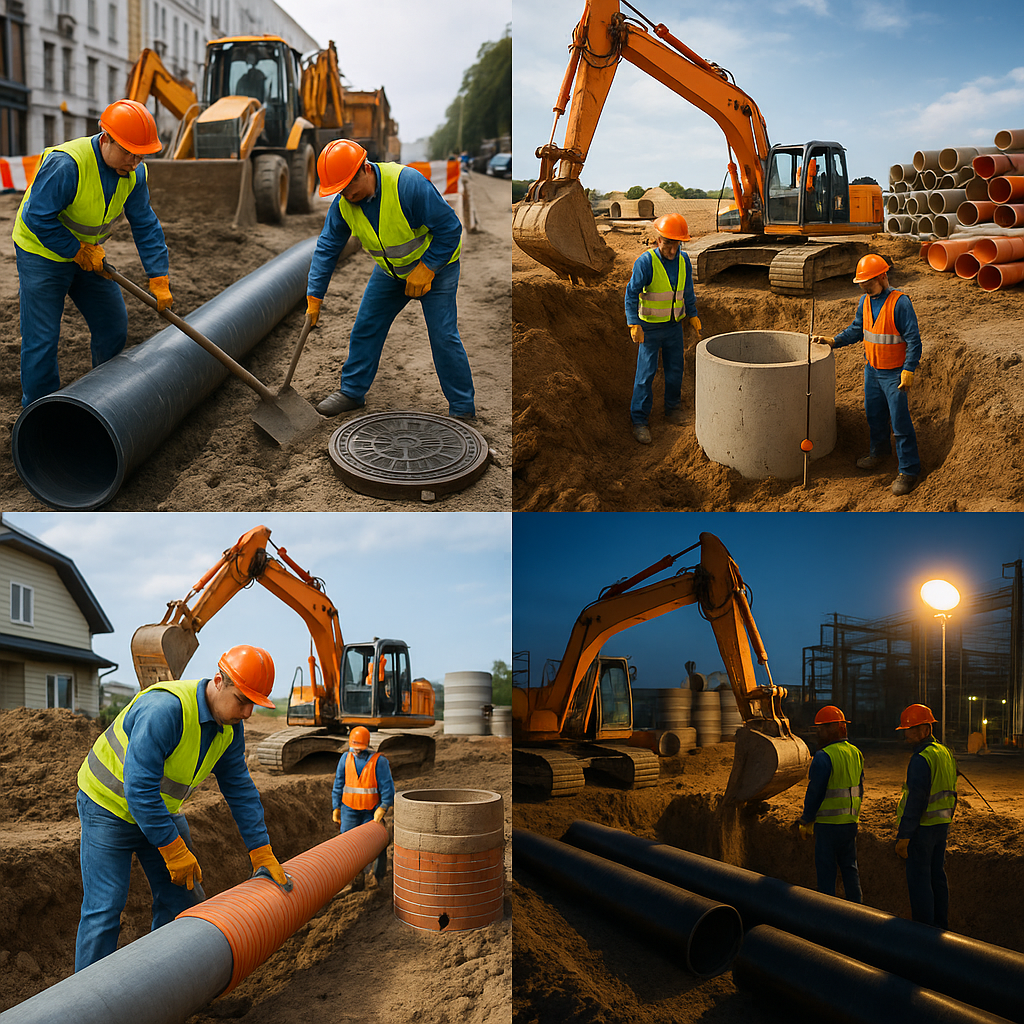Understanding Sewer Inspection Cost Factors in 2024
Explore key factors impacting sewer inspection costs in 2024, including technology, regulations, and market trends.

Understanding Sewer Inspection Cost Factors in 2024
Introduction
The landscape of sewer inspection is evolving rapidly in 2024, influenced by technological advancements, regulatory shifts, and market dynamics. For professionals in the sewer inspection industry, understanding these cost factors is crucial for optimizing operations and providing competitive services.
Table of Contents
- New Technologies and Equipment
- Industry Regulations and Standards
- Market Trends and Business Opportunities
- Safety Protocols and Best Practices
- Recent Case Studies or Success Stories
- Cost and Pricing Information
- Conclusion
New Technologies and Equipment
Advancements in technology are at the forefront of reducing sewer inspection costs while improving accuracy and efficiency.
AI-Integrated Sewer Cameras
- Automatic Defect Detection: AI technology enhances cameras' ability to automatically identify and report defects such as cracks and leaks, reducing manual labor and error margins.
- High-Resolution Imaging: 4K and ultra-HD cameras provide exceptional visual clarity, allowing for precise diagnostics and better decision-making.
Wireless and Portable Systems
- Ease of Access: These systems are ideal for confined or remote locations, minimizing setup time and labor costs.
- Battery-Powered Efficiency: They enable extended operations without the need for constant power sources.
Robotic and Autonomous Crawler Systems
- Enhanced Maneuverability: These systems navigate complex sewer systems with ease, reducing the need for manual intervention.
- Pan-and-Tilt Cameras: Allow for comprehensive inspection coverage, further optimizing inspection processes.
Predictive Maintenance and Real-Time Analytics
- Proactive Repairs: AI and machine learning enable predictive maintenance, potentially reducing long-term repair costs by addressing issues before they escalate.
Industry Regulations and Standards
While specific 2024 regulatory updates are pending, the industry is experiencing a shift towards stricter maintenance standards and environmental compliance.
- Frequency of Inspections: Increased inspection frequency is a response to regulatory demands and helps prevent infrastructure failures.
- Documentation Standards: AI-aided inspections align with emerging requirements for accurate and comprehensive reporting.
Market Trends and Business Opportunities
The market for sewer inspection solutions is expanding, driven by infrastructure investments and urbanization.
- Projected Growth: A CAGR of 5.7% to 6% through 2032 signifies robust market interest.
- Emerging Economies: New markets are seeking affordable yet innovative solutions, potentially leading to competitive pricing.
Safety Protocols and Best Practices
Safety remains a priority, with new technologies reducing human exposure to hazardous environments.
- Robotic Systems: Minimize worker risk by conducting inspections in dangerous conditions.
- Smart Sensors and Monitoring: Enhance data accuracy and reduce the need for onsite personnel.
Recent Case Studies or Success Stories
Industry leaders such as RIDGID and Envirosight are pioneering technology-driven solutions.
- Advanced Inspection Systems: These systems have demonstrated improved defect detection and efficiency in field trials and trade expos.
- AI Collaboration: CU Denver's AI tool for defect detection showcases academic-industry partnerships driving innovation.
Cost and Pricing Information
Adopting advanced technologies often incurs higher upfront costs, but these can be offset by operational savings.
- Cost-Effective Models: Wireless systems reduce mobilization costs, while subscription-based services offer affordability for municipalities.
- Competitive Pricing: Market growth may lead to moderated pricing, benefiting consumers.
Conclusion
In summary, the cost of sewer inspections in 2024 is shaped by a balance of technological investment and operational savings. Regulatory changes, market dynamics, and safety practices further influence cost structures, making technology adoption a pivotal factor in enhancing both service quality and cost efficiency.